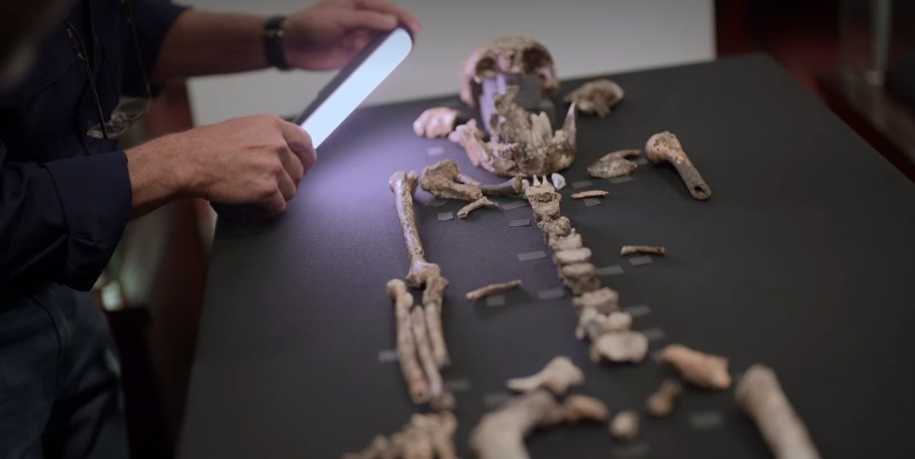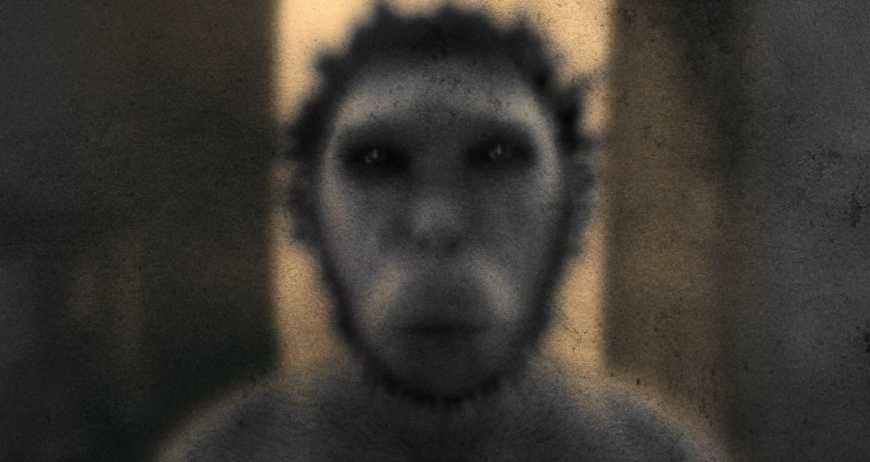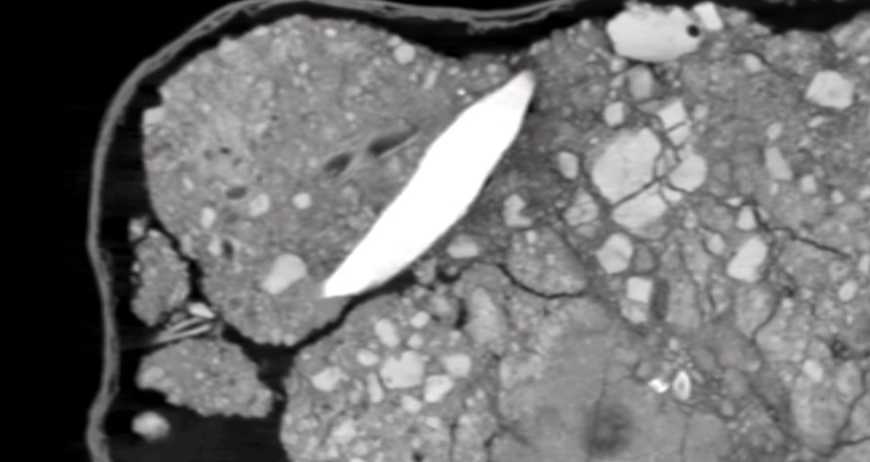Science has unmistakably demonstrated time and time again that no matter how much we believe we know about the rich history of our planet, there is always much more to learn. The discovery in 2013 of the extinct archaic human species known as Homo Naledi in South Africa’s Rising Star Cave, which was covered in Netflix’s “Cave of Bones,” serves as the best illustration of this. We now have the information for you if you simply want to study more about the same, with an emphasis on whether they actually existed or not and the supporting proof.
Did the Homo Naledi Species Really Exist?
Two subterranean experts discovered a previously undiscovered, isolated chamber deep inside the Rising Star Cave system paleoanthropological site on September 13, 2013. The Dinaledi Chamber has subsequently been named after this location, but what makes it more significant is that its floor was totally covered in what appeared to be severely decayed human-like bones. The pair then sent a thorough report to a colleague, but because to the intriguing description of the entire enclosure, renowned paleoanthropologist Lee Berger soon entered the picture.
According to reports, Dr. Lee was the first to recognise the significance of this discovery, which inspired him to direct an excavation in just a few months before assembling a global team of specialists to examine these fossils. The discovery of at least 1550 fossils in the early months, along with the cave’s isolation, led to the proclamation of Homo Naledi as a brand-new species in September 2015. The fact that none of the 15 persons represented by these bones displayed ancestral features, even though they represented 15 individuals, led the experts to draw this conclusion.
Paleoanthropologist John Hawks frankly stated in the original Netflix “Unkown” production that “across the skeletons, there were some features that were unusually close to modern humans.” “As well as other characteristics that resembled some of the early hominins. Each bone was communicating with us in a distinct way. Are there two different kinds of things here, we initially wondered. Are these three distinct types of items present? Since it combines a number of traits we didn’t anticipate finding together. But when we discovered more and more bones, we realised that they all followed a pattern that we hadn’t noticed previously. We decided to call it a new species as a result.
Its newness is also demonstrated by the fact that radiocarbon and uranium-thorium dating placed the excavated remains precisely in the Middle Pleistocene Homo era of 335,000–236,000 years ago. Regarding the physical characteristics of the Homo Naledis, while it is nearly impossible to tell for sure what they looked like, their bones and the Rising Star Cave did provide researchers with a partial understanding. They said that although walking on two legs, they were not human because of their much longer limbs, flat noses resembling apes, and human-like teeth set in a forward-sticking jaw.
The Homo Naledi also had a brow crest covering both of their eyes, which would likely reveal more than we can even think given that they have been discovered to be extremely emotionally developed. For the first time in human history, scientists discovered that an ancient species buried its dead similarly to how we do because it cared enough to establish a ceremony for saying farewell to its deceased. In addition, it is evident that although though they had brains that were one-third the size of an adult’s and lived a life of tree climbing, they also had cognitive abilities because of the presence of fire and tools made of stone (one of which, according to specialists, was really found in the hands of a kid buried).
The Homo Naledi “tells us we’re not that special,” according to Georgia-born Johannesburg-based paleoanthropologist Lee Berger, with these deliberate graves, purported drawings on the walls, use of fire, and other elements now being carefully investigated. We ain’t gonna get over that, the co-author of “Cave of Bones: A True Story of Discovery, Adventure, and Human Origins” (with John Hawks) added. In other words, the Homo Naledis did indeed exist more than 200,000 years ago, and they even performed many of the same tasks as contemporary humans do now, albeit with far fewer resources.




